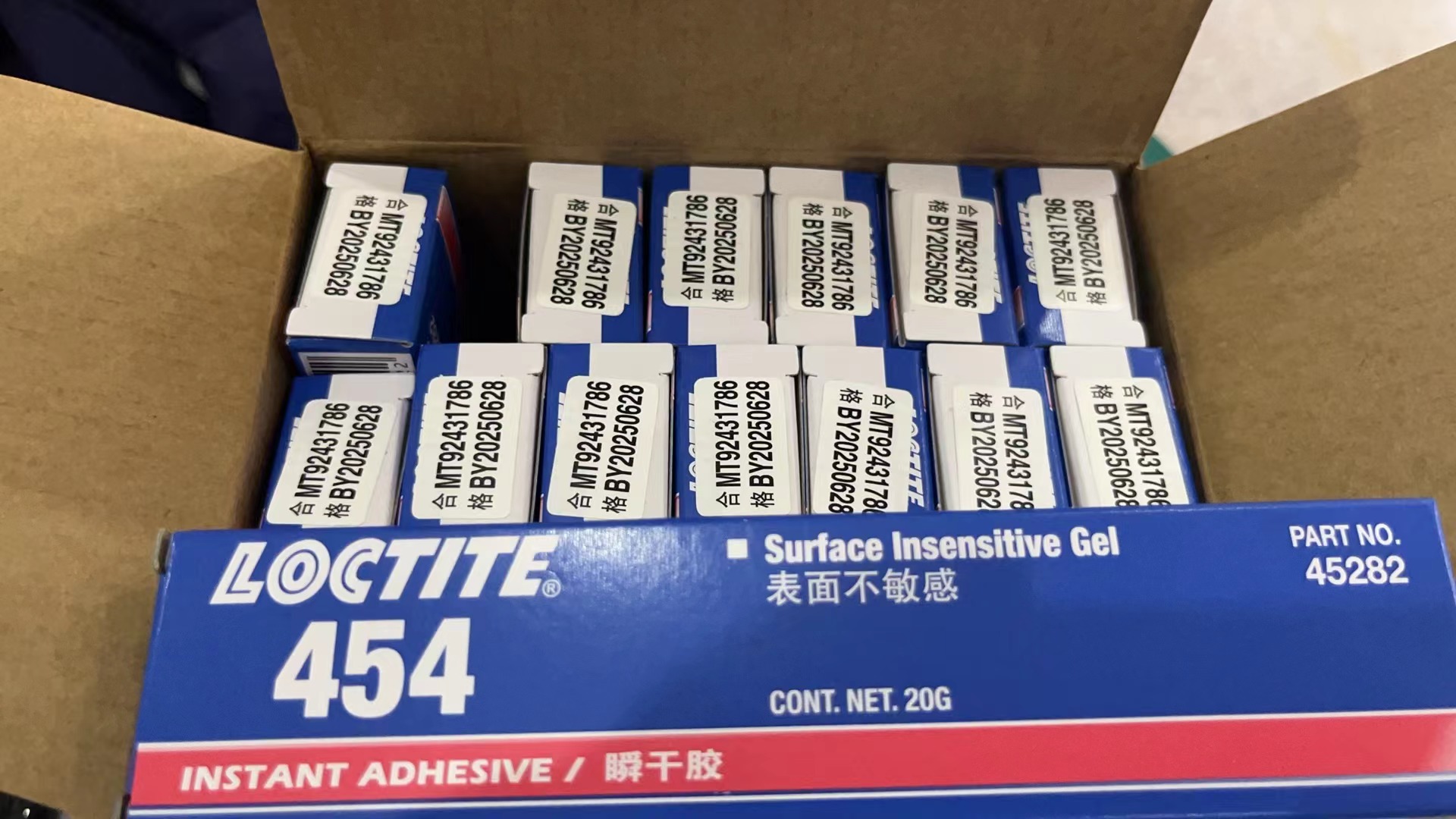Overview
Loctite Sealant Adhesive is designed to create a reliable and leak - proof seal between mating surfaces in various applications. Whether it's preventing the leakage of fluids, gases, or dust, this adhesive - sealant hybrid offers a versatile solution. It is available in different types, such as anaerobic sealants, silicone sealants, and RTV (Room Temperature Vulcanizing) sealants, each with its own unique properties and suitable applications. Loctite Sealant Adhesive is formulated to adhere well to a wide range of materials, including metals, plastics, and ceramics, and it cures to form a durable, flexible seal that can withstand different operating conditions.
Features
One of the key features of Loctite Sealant Adhesive is its excellent sealing performance. It can fill irregularities and gaps between surfaces, creating a tight seal that prevents the passage of substances. Anaerobic sealants cure in the absence of air, forming a hard, rigid seal that is ideal for applications where high - pressure resistance is required. Silicone and RTV sealants, on the other hand, offer flexibility, allowing them to accommodate movement and vibration without cracking. These sealants also have good chemical resistance, protecting the seal from degradation caused by exposure to various chemicals, oils, and solvents. Additionally, Loctite Sealant Adhesive is easy to apply, either by extrusion or dispensing, and can be used in both manual and automated assembly processes.
Benefits
The use of Loctite Sealant Adhesive provides several benefits. It ensures the integrity of fluid - handling systems, preventing leaks that can lead to equipment damage, safety hazards, and environmental pollution. By creating a reliable seal, it also reduces the need for frequent maintenance and repairs, saving time and costs. The flexibility and durability of the sealants allow them to adapt to different operating conditions, such as temperature changes and mechanical stress, ensuring long - term performance. Moreover, the wide range of available types and formulations means that there is a Loctite Sealant Adhesive suitable for almost any sealing application, providing versatility and convenience.
Applications
In the automotive industry, Loctite Sealant Adhesive is used to seal engine components, such as cylinder heads, oil pans, and transmission cases, preventing the leakage of oil, coolant, and other fluids. In the plumbing and HVAC sectors, it is employed to seal pipe joints, fittings, and connections, ensuring a leak - proof system. The industrial machinery industry relies on sealant adhesives to seal pumps, valves, and other fluid - handling equipment. Silicone and RTV sealants are commonly used in the construction industry for sealing windows, doors, and joints in buildings, providing weatherproofing and insulation. Additionally, Loctite Sealant Adhesive is used in the assembly of consumer products, such as appliances and electronics, to prevent the ingress of dust and moisture.
FAQ
Q: How do I choose the right Loctite Sealant Adhesive for my application?
A: Consider factors such as the type of fluid or gas to be sealed, the operating temperature, the pressure conditions, and the materials being sealed. Our product guide can help you select the most appropriate sealant based on these requirements.
Q: Can Loctite Sealant Adhesive be painted over?
A: Some Loctite Sealant Adhesives are paintable after they have fully cured. However, it's important to check the product specifications to ensure compatibility with the paint you plan to use. In some cases, a primer may be required for better adhesion.
Q: How long does it take for Loctite Sealant Adhesive to cure?
A: Curing time varies depending on the type of sealant. Anaerobic sealants typically cure within a few hours to overnight, while silicone and RTV sealants may take 24 - 48 hours to fully cure, depending on the thickness of the seal and the environmental conditions.


 English
English




















